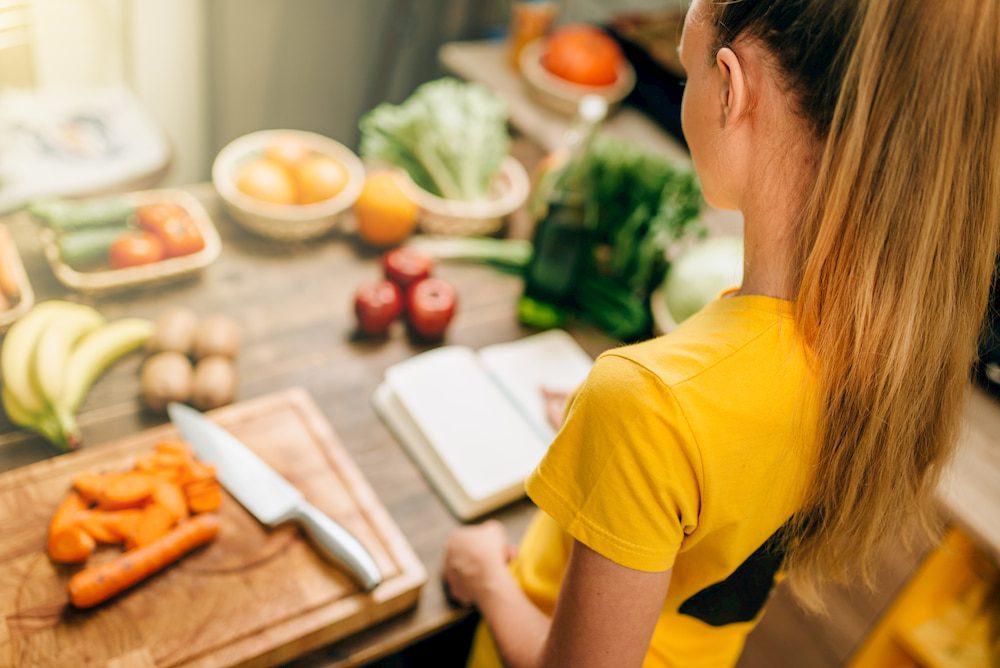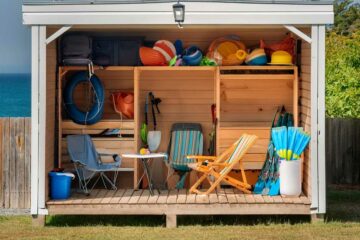Temperature, light, humidity, and time are the four key ingredients your groceries need to rot away in the fridge. Suppose you’re hoping to have your fruit and vegetables last until after your recent take-out binge. In that case, you should pay close attention to the most overlooked of the four: light and humidity.
If you’re tired of throwing out food that went bad before you got around to eating it, here are a few tips for storing food that will help keep your food fresh for more extended periods of time.
Storing Food Properly to Avoid Waste
Ensuring food freshness is vital in avoiding food waste and eliminating any possibility of eating bread or fruit that can cause sickness after they’ve started to turn. Check out the following tips:
Managing Your Refrigerator’s Humidity
Can you dehumidify your fridge? Your refrigerator naturally gets more humid when you open it and gets less humid the longer you keep it closed. Storing food and certain fruits and vegetables require a combination of cold and dry to stay around longer or cold and muggy.
The older your refrigerator gets, the slower it removes that humidity, causing days or even a full week before it dries the air out inside. Without something else to wick away the moisture, it can lower the life of your food. That’s another reason why most modern refrigerators have crisper drawers now.
How To Use Your Crisper Drawer
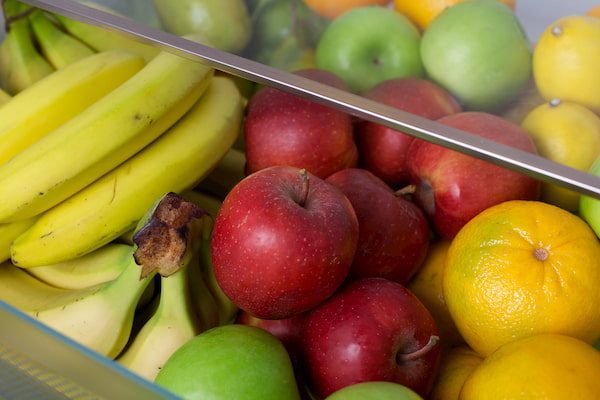
These drawers are meant to stay two-thirds full and do their best job of trapping the gasses coming off of your food when staying closed at this level. Thin-skinned vegetables like asparagus, tomatoes, and leafy greens should be kept in this drawer with the setting at high humidity.
Apples, pears, avocados, peaches, and plums should go in these same drawers but with low humidity. Fruit that rots quickly should go in this group.
Control your refrigerator temperature
Another way to “dehumidify your fridge” is to control the temperature of the refrigerator. The climate controls inside your refrigerator can make or break how long foods will last. Often, the freezer control is separate from the main refrigerator. However, it’s crucial not to set the dial too high or too low and risk over freezing foods or undercooling vegetables, meats, and dairy in their specific compartments.
If you can control the temperature, the ideal setting is 40 degrees Fahrenheit. However, even with that setting, you can make the temperature warmer by accident. Make sure there’s space between any of the goods you have in the fridge so that the air can circulate– that will make everything last a little longer.
What Not To Store In The Fridge
Avoid placing garlic, onions, or shallots in your refrigerator. These veggies don’t do well in cool or damp spacing and rot much faster. Here are a few others to keep outside the fridge:
- Pineapples
- Squash
- Corn
- Potatoes
- Sweet potatoes
- Melons
- Citrus fruits
- Berries
- Bananas
- Honey
- Jams and jellies
- Maple syrup
- Coffee beans
The truth is there are very few foods that perform better in the cold of the fridge, even if you are taking the proper precautions to “dehumidify your fridge”.
Managing Your Pantry
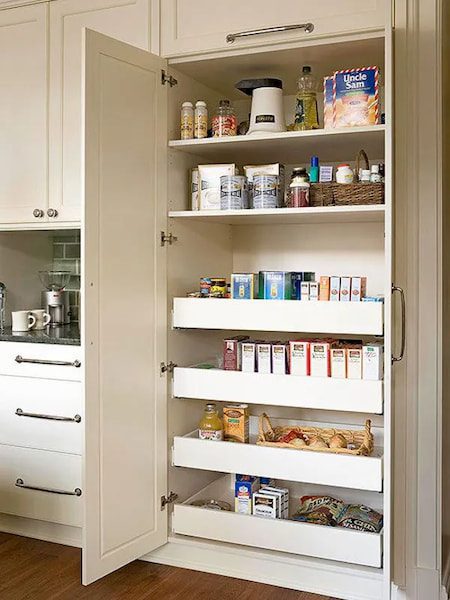
Like the fridge, certain foods belong, and a few don’t. Sometimes it’s hard to know what foods should be stored in which area. When storing food, here’s the best place for dry storage:
Pantry Storage
- Coffee
- Oatmeal
- Tortillas
- Bread
- Potatoes
- Onions
- Garlic
- White Rice
- Pasta
- Cereal
Countertop storage
- Bananas
- Basil
- Eggplant
- Ginger
- Pepper
These latter foods for the pantry need dark, cool, dry places. Your countertop storage is for foods that aren’t as affected by light or give off so much gas they can start to turn other foods in your pantry.
Determine the climate of your environment
If you live in a humid climate, your foods are more susceptible to moisture seeping in.
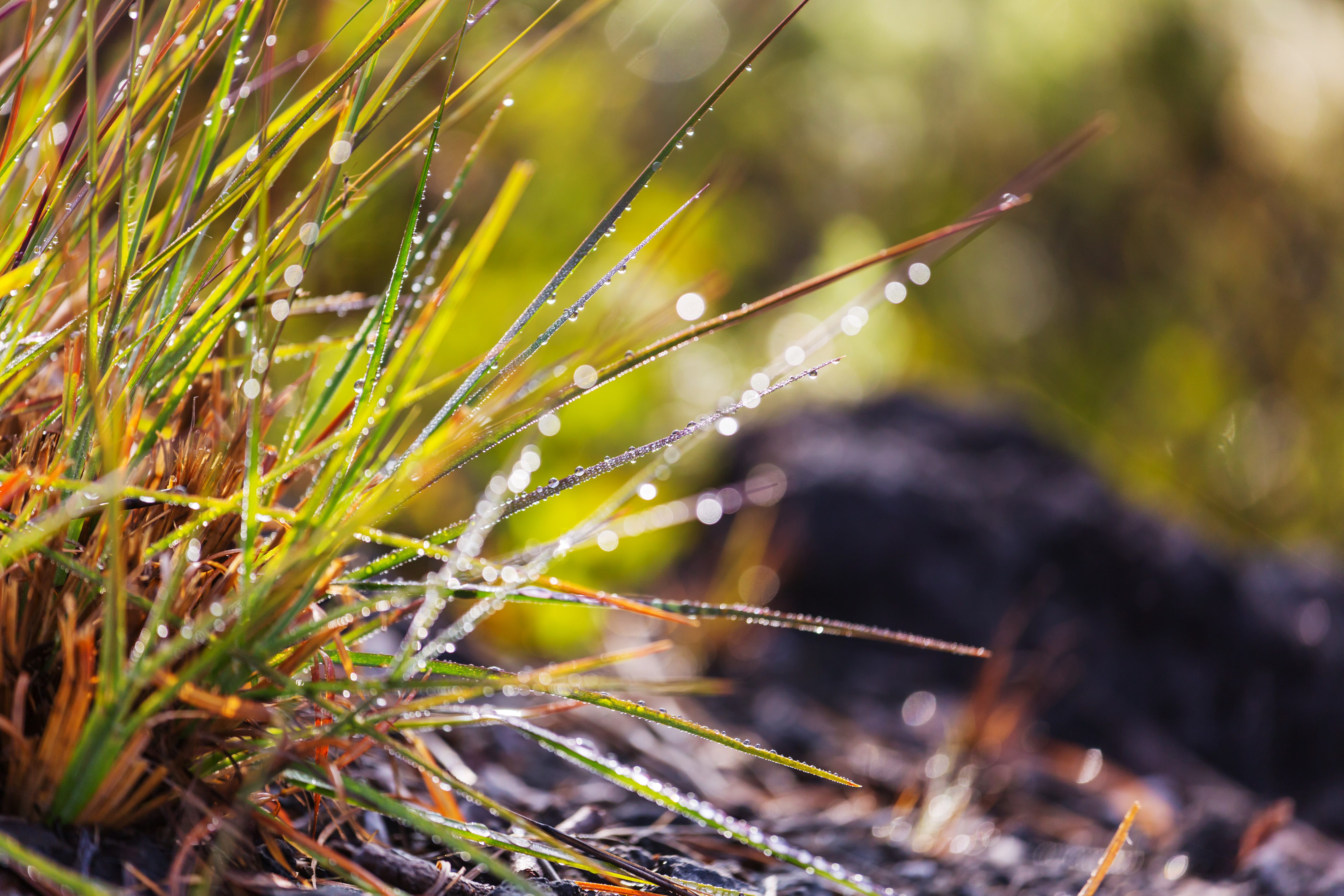
Consider a kitchen dehumidifier that provides a balance of temperatures to make sure your foods aren’t at risk for spoilage, both in the pantry and in the fridge. Even the air-tight containers–with humid surroundings–are vulnerable to spoilage and moisture damage.
You should also follow the best practices for using a dehumidifier for maximum results.
Plan to balance your environment by purchasing a dehumidifier. Living in a wet, temperate climate and shelved foods require low moisture. A regular dehumidifier will add the necessary stability. You can even find out ahead of time if you need one by buying a hygrometer to test the area first.
In a nutshell
Making your groceries last longer takes a bit of forethought and planning. However, you must appropriately store foods to increase shelf life and decrease waste risk. There’s a saying that “if in doubt, throw it out.” The last thing you need is to eat foods that have expired, or whose taste is somewhat questionable.
Getting the most from your groceries doesn’t have to be difficult, yet with the abundance of healthy foods available, understanding what your body needs are crucial.
Have a plan, buy what’s fresh and easily stored with the resources you have, and learn to create meals that cater to your taste buds. Following the simplicity of food storage, wellness is sure to keep your engines running smoothly and your life disease-free.
